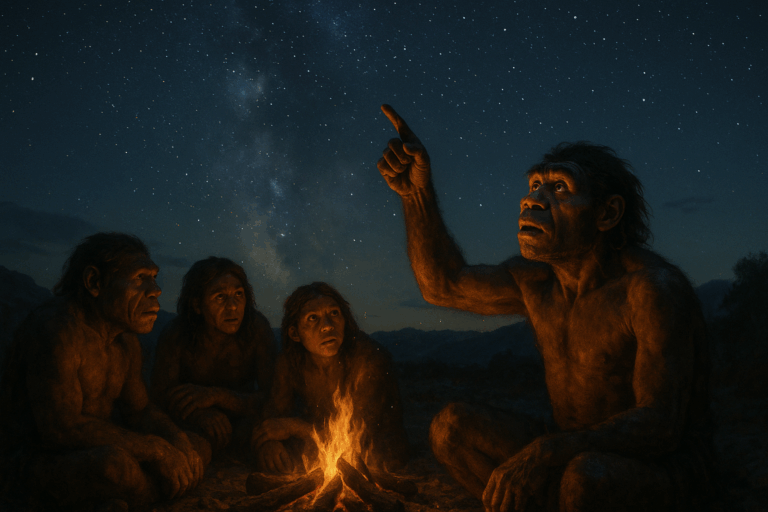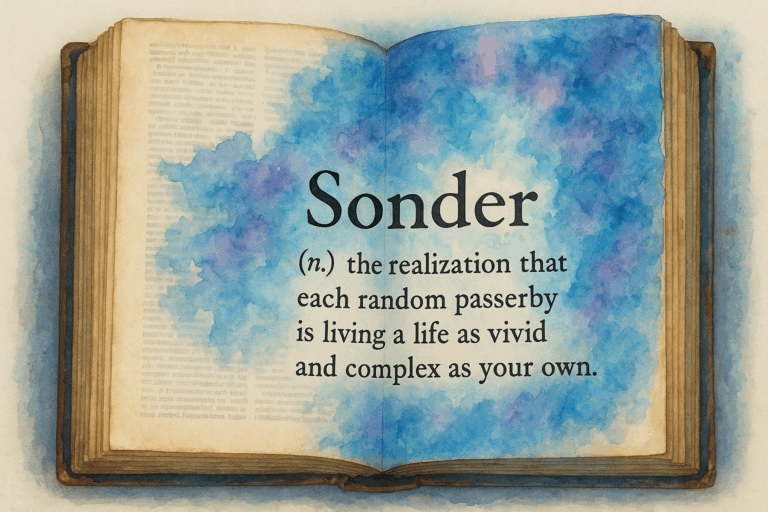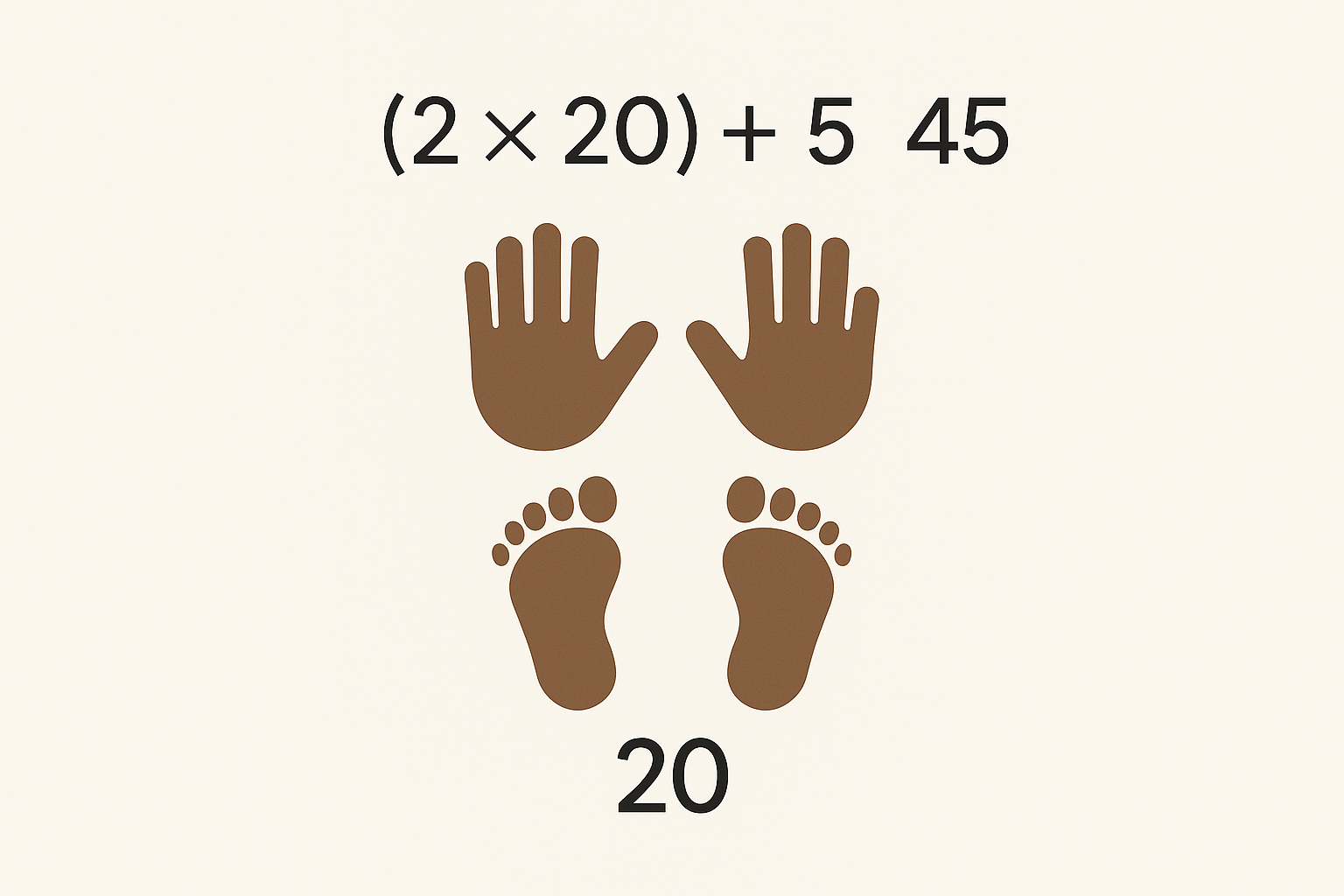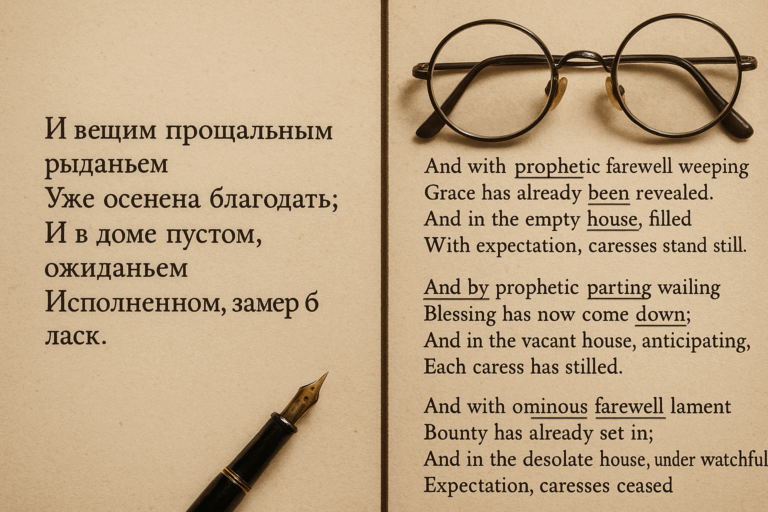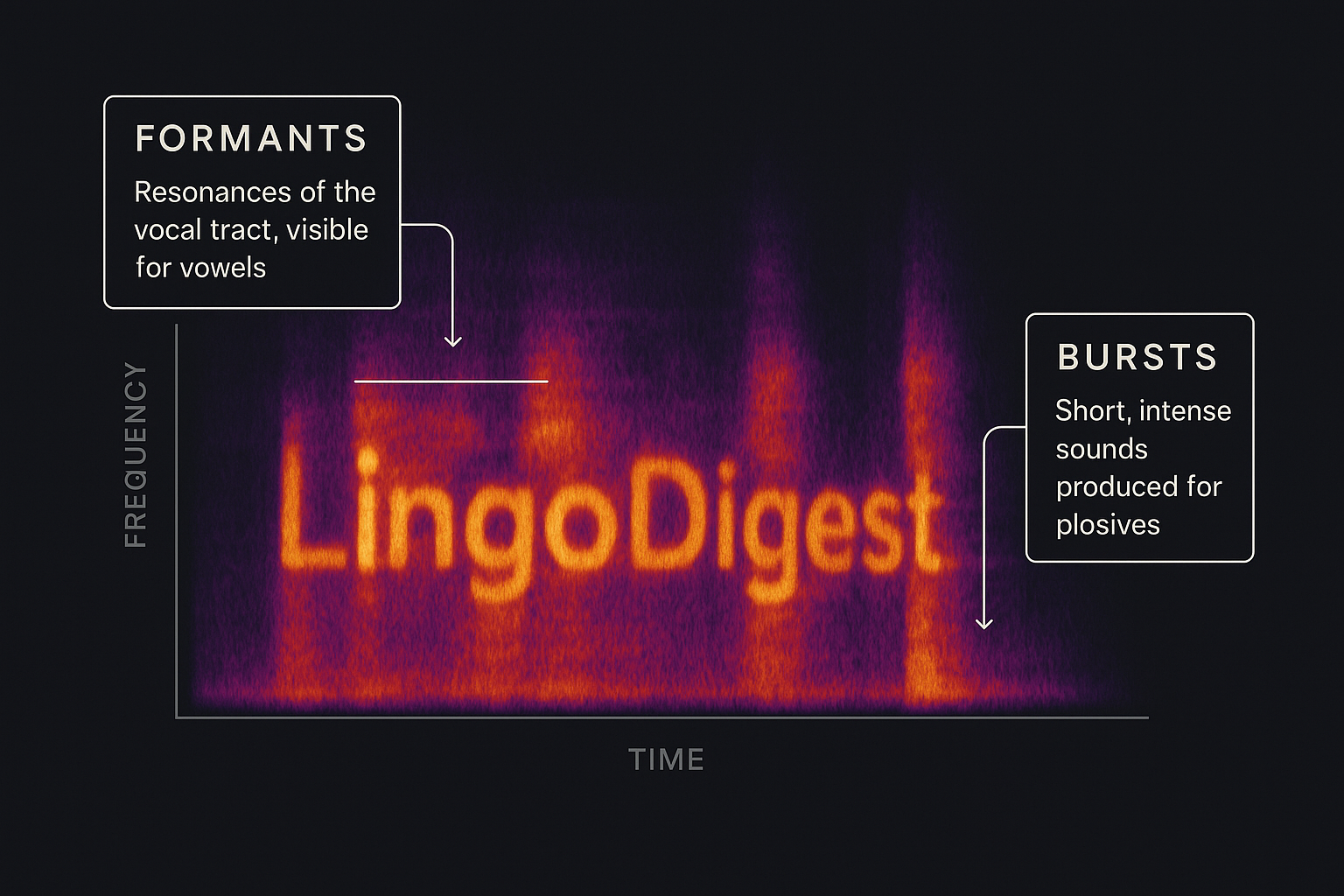Close your eyes for a moment and think about next week. Where is it? If you’re like most of the world’s population, you probably imagined it somewhere in front of you. Now, think about last year. It’s likely behind you, a memory you might glance back at over your shoulder. This mental timeline, where the future lies ahead and the past is behind, feels as natural and unchangeable as gravity. But what if it isn’t? What if an entire culture conceptualized time in the exact opposite way?
This isn’t a thought experiment from a science fiction novel. It’s the linguistic and cognitive reality for the Aymara people, an indigenous group living in the Andes regions of Bolivia, Peru, and Chile. In the Aymara language, the past is in front, and the future lies behind. This profound difference doesn’t just challenge our assumptions; it opens a fascinating window into how language can shape our very perception of reality.
The “Forward” March of Time: A Western Convention
In English and countless other languages, our temporal metaphors are overwhelmingly spatial and forward-facing. We “look forward” to a vacation. We talk about the “weeks ahead.” We’re told to “put the past behind us” and “move on.” This concept is so deeply embedded that we rarely question it. Time is a path we walk along, or a river that carries us, always into the future.
This idea is a cornerstone of the field of cognitive linguistics, which explores how abstract concepts like time, emotion, and ideas are understood through concrete, physical metaphors. The prevailing theory was that the “future is front, past is back” metaphor was a human universal, rooted in our shared experience of forward locomotion. We walk forward, we see what’s in front of us, and so our journey through time must follow the same logic. The Aymara, however, gracefully prove this “universal” to be anything but.
Nayra: When the Past is in Front
The key to understanding the Aymara worldview lies in a single, powerful word: nayra. In Aymara, nayra means “eye,” “sight,” or “front.” It also means “past.” Conversely, the word qhipa means both “back” and “future.”
The connection is immediate and logical once you grasp the underlying principle. The past is what has already happened. It is known, it has been witnessed, it has been seen with one’s own eyes. Therefore, it lies in front of you, in your field of vision. The future, on the other hand, is unknown, unseen, and unknowable. It creeps up on you from behind, outside your line of sight.
This isn’t just a poetic abstraction; it’s baked into the grammar of the language. To say “last year” in Aymara, one might say nayra mara, which literally translates to “the year in front.” To refer to “next year,” they say qhipa mara, or “the year behind.” The past isn’t something you leave behind; it’s the landscape you survey before you. The future isn’t a destination you approach; it’s an unseen force at your back.
It’s All in the Gesture
Perhaps the most compelling evidence for this unique temporal framework comes not from words alone, but from the body. In the early 2000s, cognitive scientists Rafael E. Núñez and Eve Sweetser conducted groundbreaking research on the topic. They observed that when Aymara speakers talked about the past, they gestured forward, with a wave of the hand away from the body. When discussing the future, they would jerk a thumb or wave a hand backward over their shoulder.
This is a direct, physical manifestation of their cognitive model of time—and a stark reversal of the gestures used by English speakers. An English speaker recounting a story from their childhood might gesture behind them, while someone planning a future event will point or gesture ahead.
The Aymara gestures confirm that this isn’t just a linguistic quirk or a “dead metaphor.” It is a living, breathing part of their conceptual system, a worldview so ingrained that it is expressed unconsciously through their hands as they speak.
The Logic of Looking Back
While it may seem counterintuitive to a “forward-looking” culture, the Aymara model of time is profoundly logical. It simply prioritizes a different aspect of our temporal experience: knowledge and perception.
Think of it this way:
- The Past: It is fixed, visible, and part of the empirical record. Like a vast landscape stretching out before you, you can examine it, learn from its features, and understand how you arrived at your present location. It is in front of your “mind’s eye.”
- The Future: It is a complete mystery. You cannot see it, predict it with certainty, or know what it contains. It is fundamentally unseen, and therefore, it resides where you cannot see—behind you.
This perspective implies a different relationship with time itself. Instead of aggressively marching into an unknown future, the Aymara model suggests a person who is stationary, or perhaps walking backwards, facing the accumulated knowledge of the past while backing into the unknown future. It is a posture of wisdom and humility, grounded in what is known rather than what is speculated.
Challenging Our “Common Sense”
The Aymara temporal framework is a powerful reminder of the diversity of human thought. It demonstrates that fundamental concepts we assume are universal—like the direction of time—are, in fact, culturally and linguistically constructed. It is a prime example of linguistic relativity (often associated with the Sapir-Whorf hypothesis), the idea that the language we speak can influence how we perceive and interact with the world.
By studying languages like Aymara, we do more than just collect interesting linguistic facts. We challenge our own cognitive biases and force ourselves to recognize that our “common sense” is just one version of reality. The world’s 7,000 languages are not just different sets of labels for the same objects and ideas; they are unique toolkits for building entirely different worlds.
So the next time you think about the future, try, just for a moment, to feel it at your back. Imagine yourself walking backwards, with a clear view of your past experiences laid out before you. You may find that this ancient Andean perspective isn’t “backwards” at all—it’s a wise and profound way to journey through life, with eyes wide open to the lessons of what has been, as you embrace the mystery of what is yet to come.


